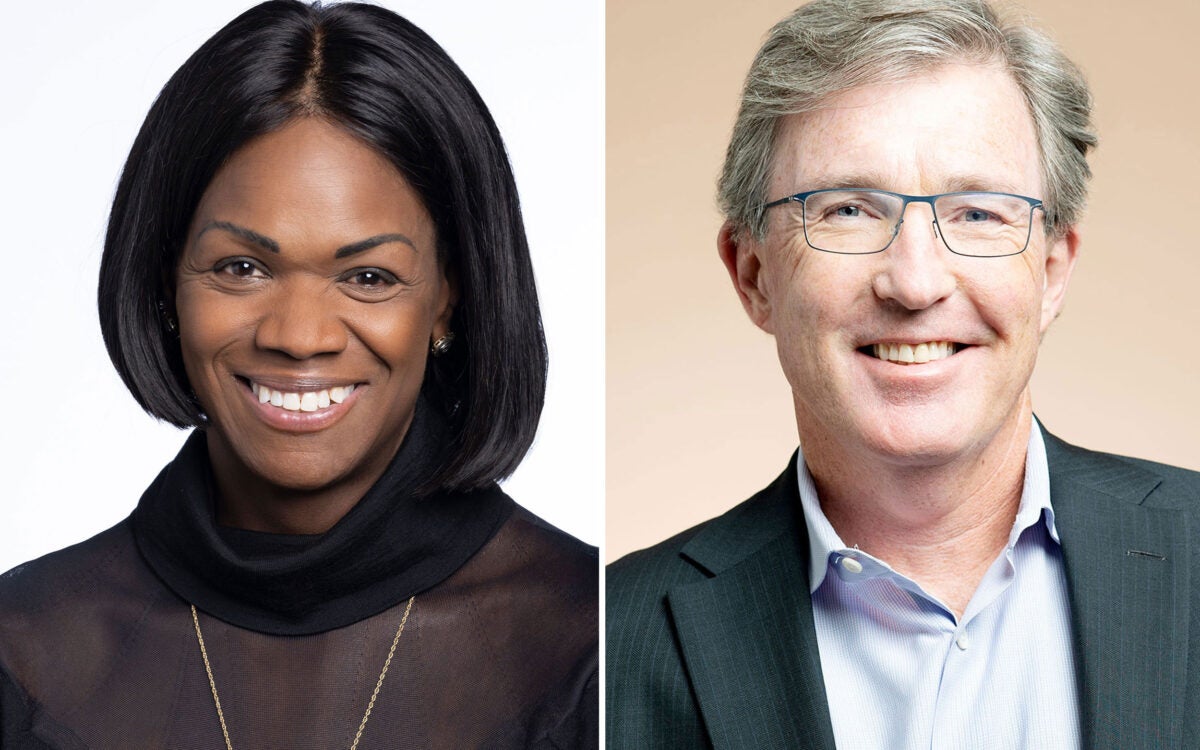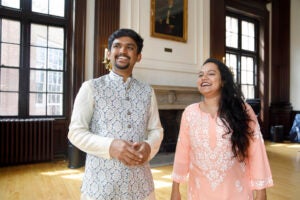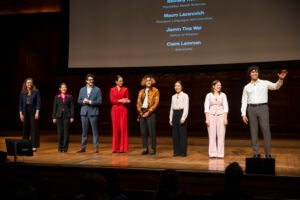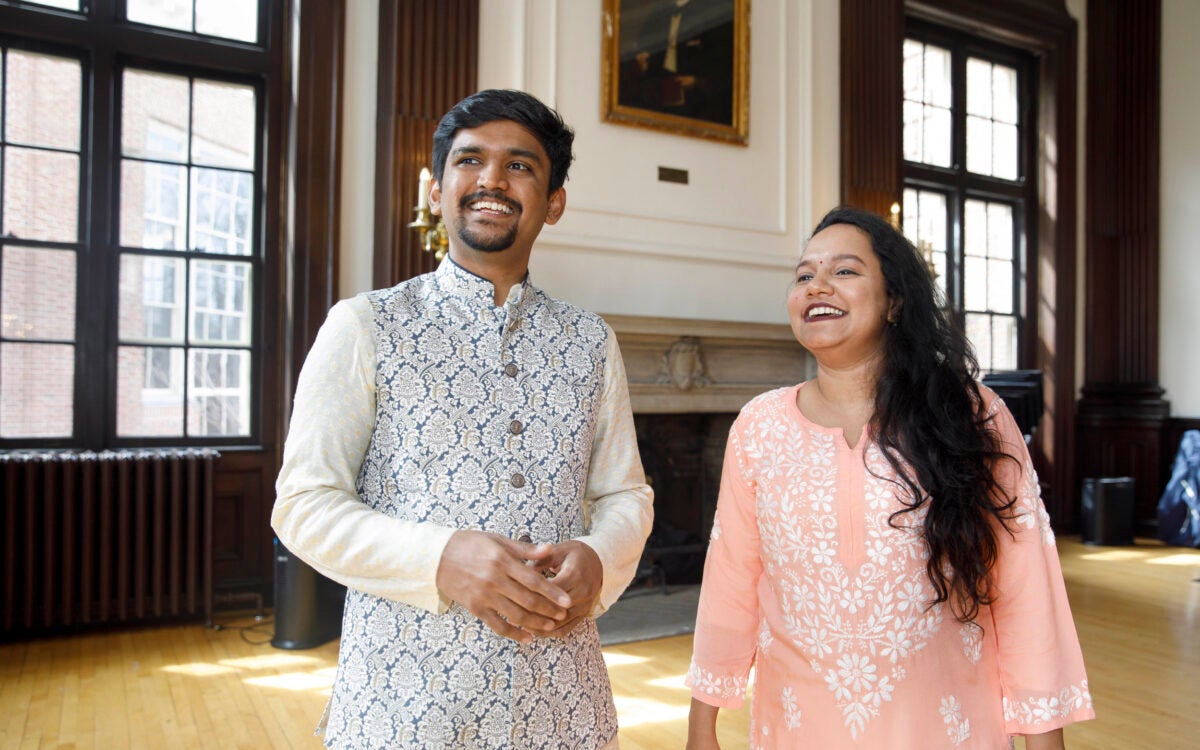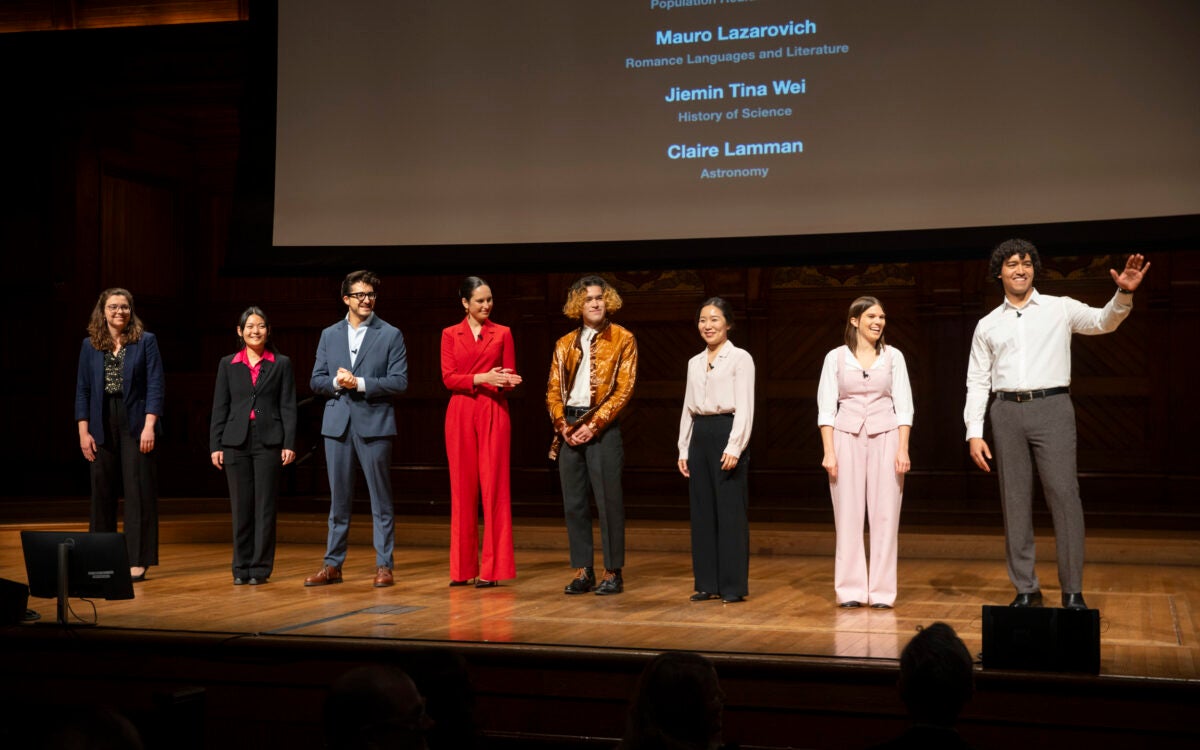Henry Ehrenreich
Memorial Minute — Faculty of Arts and Sciences
Henry Ehrenreich was born in Frankfurt on May 11, 1928, the only child of Frieda and Nathan—a prominent pianist, choral conductor, and music critic. It was not an auspicious time to be born a Jew in Germany.
First, in 1934, Henry’s father lost his positions. Then, in November 1938, a week after Kristallnacht, he was arrested by the Gestapo and sent to Dachau. A few weeks later, on December 7, 1938, he was released with orders to leave Germany immediately. On December 17, after a series of operations for injuries sustained at Dachau, he fled to a refugee camp in Holland. Henry recalled all these events vividly.
Six months after Nathan fled, on June 20, 1939, Frieda entrusted 11-year-old Henry to the Kindertransport, the rescue mission that delivered about 10,000 children from Nazi Germany to foster homes in England during the nine months preceding World War II. The visa on which Henry traveled, and which saved his life, had been issued to a distant cousin whose family passed it on to Henry when they decided to stick together. In the following months, Henry was sent from a children’s refugee camp in Margate to a Bayswater boarding school to a foster home in London. When not in school, he and two friends from the Kindertransport practiced English and explored the London Tube. When the British evacuated children from London, they placed Henry in Letchworth with a German-speaking family that harbored Nazi sympathies and maltreated him. Henry was desolate.
On August 24, 1939, Frieda took one of the last flights to London from Frankfurt before war was declared. She obtained work as a housekeeper in Sussex and found Henry a home with a gardener and his family in Ditchling, near enough by that she and Henry could easily visit. The gardener, a compassionate fellow of limited means, was a self-taught pianist and composer. During Henry’s Ditchling stay, his love for music—long suppressed in Germany—was reawakened.
In the late fall of 1939, U.S. visas, for which the family had applied in early 1935, were issued, and Nathan arrived in New York City on December 5, 1939. In March 1940, sixteen months after Nathan had fled Germany and nine months after Henry had escaped Frankfurt, the family was reunited in New York. In 1942, they moved to Buffalo, where Nathan was employed as a choral conductor and Henry entered high school.
Three years later, Henry concluded his valedictory speech at graduation by calling on listeners to “… at all times think clearly, judge tolerantly, and act wisely…for this is our solemn duty to our country and to mankind.”
In 1946, having won a New York State Scholarship, Henry entered Cornell. He graduated in 1950, alongside a distinguished group of non-fraternity classmates self-labeled the “gefilte phi.” During those four years, he composed a string quartet, served as a teaching assistant in mathematics, and concluded that he would pursue a career in theoretical physics. Thoughts of plying his father’s profession were set aside. In 1949, he met and began his courtship of Tema Hasnas, his wife from 1953 until he passed away on January 20, 2008.
In the fall of 1951, after an academic year at Columbia, Henry returned to Cornell, to Tema, and to teaching assistantships in sections that included rambunctious future Nobelists Sheldon Glashow and Steven Weinberg.
By then, interest in semiconductor science had spread widely, fanned by the invention at Bell Laboratories in 1947 of a germanium solid-state amplifier—the transistor. To understand the properties of germanium and silicon detailed studies of their complex electronic band structures, their lattice vibrations and their imperfections were needed. The challenging problems of electron transport posed by semiconductors attracted Henry. As Albert Overhauser’s first doctoral student, Henry set to work on one of them: the scattering of holes in germanium by lattice vibrations. He completed his thesis and received his Ph.D. in Physics in 1955.
From Ithaca, Henry took a second small step eastward to Schenectady, NY, to the General Electric Research Laboratory, the nation’s first industrial laboratory. In 1955, this was the home of forefront research groups in surface science, solid state science, and nuclear engineering. In collaboration with colleagues and visitors, he investigated electron-phonon interactions and electron transport in compound semiconductors (e.g., gallium arsenide); sound absorption in insulators; and, in an extensive and influential series of papers, the optical properties of metals, semiconductors, and insulators. While Henry and Tema were at Schenectady, their three children, Paul, Beth, and Robert, were born.
In the fall of 1960, Henry and his family spent a term in Harvard’s Division of Engineering and Applied Physics, then led by Dean Harvey Brooks, who had come to Harvard from General Electric (GE) in 1950. Three years later, in 1963, he accepted an invitation to join the Division’s faculty as a Professor. This third small eastward move (to Cambridge and Belmont and in summers to the Cape) would be his last: Harvard remained his home base until he passed away as Clowes Professor of Science, Emeritus, a few months before his 80th birthday.
As applications of semiconductor devices expanded explosively, so too—informally and through papers and editorial activities—did Ehrenreich’s stature as a master whose calculations and insights explained and predicted the electronic and optical properties of the ever more complex ingredients these devices contained. Over forty-five years he authored more than 200 papers and reviews and co-edited (first with Frederick Seitz and David Turnbull, who came from GE to Harvard in 1962, and subsequently with Frans Spaepen) over 30 volumes of Solid State Physics, a renowned and widely consulted annual review of major advances in solid state science and technology.
More than 30 years ago, during the “first” oil crisis, Ehrenreich was asked to assess solar photovoltaic cells. He headed the American Physical Society’s Study Group on Solar Photovoltaic Energy Conversion from 1977-81, served on the Department of Energy’s Photovoltaic Advisory Committee, and testified before Congress in 1985.
Over four decades he served and chaired innumerable national and international committees including the Solid State Commission of the International Union of Pure and Applied Physics for ten years and the Department of Defense’s DARPA Materials Council for twenty years. In 1991, he spent a term working with the Director of the Office of Science and Technology Policy at the White House.
Henry approached every activity—whether for Harvard or others, and whether research, educational, or administrative—with singleness of purpose, attention to details, and alertness to eventualities. He took care to touch bases and to rehearse presentations—his own, his students’, and those of the committees and groups he chaired.
He educated and mentored many students—far more than the two dozen doctoral candidates and dozen graduate students whose research he directed demandingly and whose welfare he nurtured devotedly. With the Commonwealth’s sanction, he presided at the wedding of one of his students and one of his teaching fellows!
When his day of no-nonsense work ended, he was ready to relax. The short ride home to Belmont brought a martini or two and music. Music was an important part of his life. He was an avid pianist, attended many concerts, and often discussed music with the many students, colleagues, and others who enjoyed the warm hospitality of the Ehrenreich’s Belmont home. His close friends included performers, conductors, and scholars of music. And the Mozart he played as students streamed into his Core course was intended for him as much as for them.
The imaginative courses (graduate, undergraduate, Core courses, and freshman seminars) that Henry developed covered a broad range of topics: solid state physics; energy and environmental science and public policy; physics and music; and the history of science. His interest in the history of science led to his appointment as a trustee of the Dibner Institute for the History of Science and Technology.
Henry took special pride in bringing together students and other faculty from physics, chemistry, and engineering in the first multi-departmental, multidisciplinary course on materials and devices. The course was a natural complement to his efforts, as Director of Harvard’s Materials Research Laboratory (now Materials Research Science and Engineering Center) from 1982-90, to foster strong and enduring multidisciplinary research programs.
As concerns about pollution and climate change grew, he spent more time working on the science and the economics of alternative energy sources—especially solar and wind.
As chair of the Science Center Executive Committee and of the Core Committee on Science from 1987–1999, Henry was broadly involved in promoting and improving Harvard undergraduate education in science and engineering. He was continually engaged in recruiting other faculty and working with them on lectures and courses.
His widely recognized concern for others made it natural that, as a Professor Emeritus, he be invited to serve, and that he agree to serve, as the University’s first Ombudsman.
In addition to Tema and his three children, Henry leaves ten grandchildren.
Respectfully submitted,
Michael B. McElroy
Peter S. Pershan
Frans A. Spaepen
Paul C. Martin, Chair
